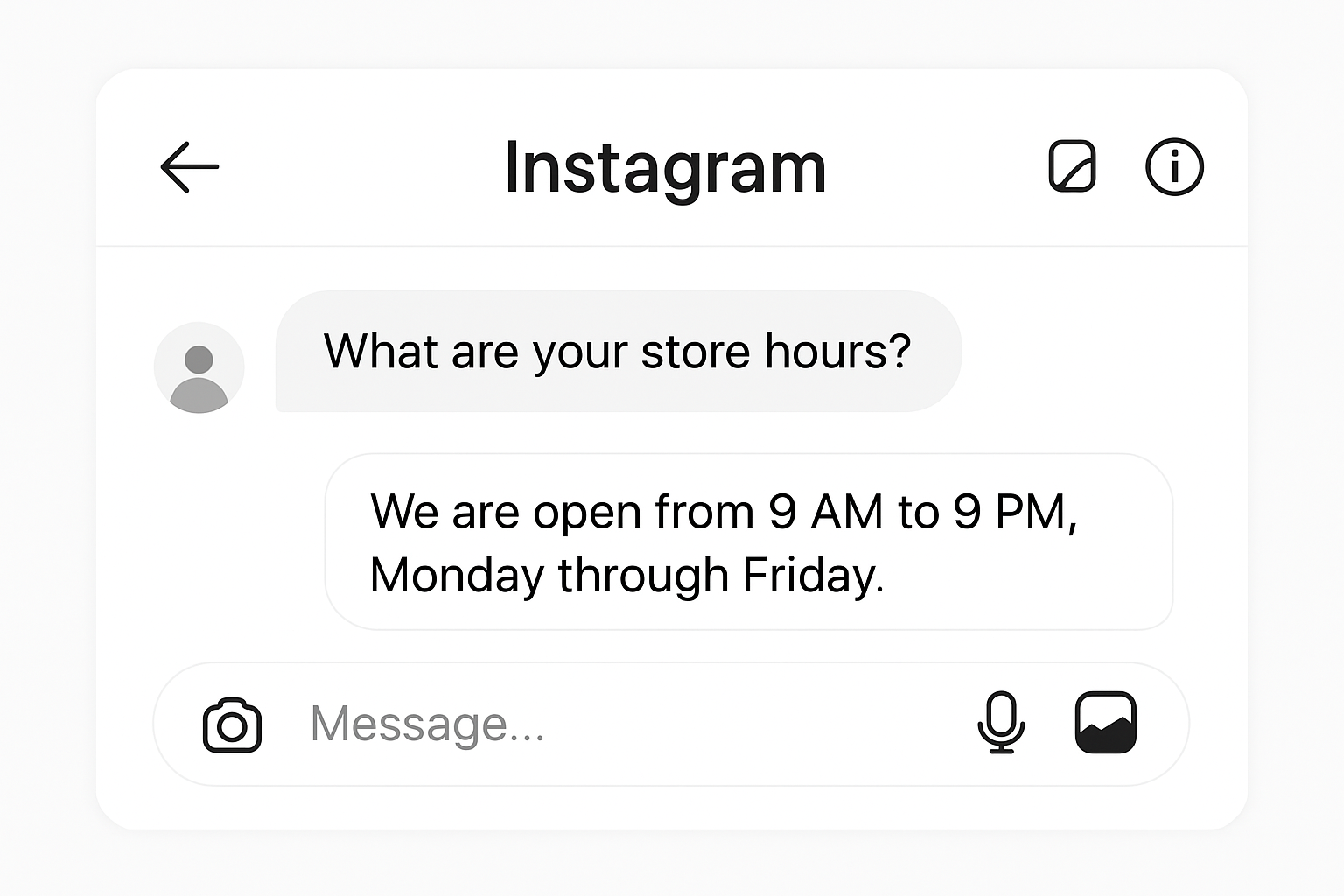AI Media Live Captioning: Everything You Need To Know
Did you know that professional captioning services can have a very high accuracy rate? This is even despite the entire human versus AI captioning debate. This type of software development consistently takes on changes to continue to learn and adapt to language.
Because of this, AI captioning products can have a pretty high accuracy baseline.
Did you know that professional captioning services can have a very high accuracy rate? This is even despite the entire human versus AI captioning debate. This type of software development consistently takes on changes to continue to learn and adapt to language.
Because of this, AI captioning products can have a pretty high accuracy baseline. It is no secret that AI Media Live Captioning has become more prevalent in recent years. AI Media Live Captioning is a technology that provides real-time closed captioning for live video streams.
AI Media Live Captioning: Everything You Need To Know
Keep reading if you’re interested in learning more about this technology and how it could benefit your business, hobby, or other use. We’ll explain everything you need to know about it, including how it works and how you could benefit from it.
What Is AI Media Live Captioning?
The term AI live media captioning is often used to describe the application of artificial intelligence technology to media captioning. AI media captioning is live captioning using machine learning algorithms to generate captions for spoken dialogue automatically.
This technology has many potential applications. Some include providing people with hearing impairments access to information and communication. It can also enhance the experience of multiple viewers watching videos.
Additionally, it makes it easier for broadcasters and content creators to produce closed captions for their videos. This helps get a message across in multiple ways while ensuring accuracy.
As with any software, there could still be some room to grow with this technology’s various applications. That will depend on how the technology is used and what projects it’s implemented within, as AI captioning will always be in a learning stage. This is a benefit because it means you will have accurate and up-to-date options and services for your projects.
Improving accuracy and reducing the time required to generate captions are always the top priorities for live media captioning. If you’re interested in learning more about AI captioning, check out a company that aims to make this technology accessible across multiple industries.
How Does It Work Exactly?
So, here’s how it works: Automated speech recognition (ASR) converts the audio into text. The first step of this process is to transform the audio waveform into a spectrogram, which can be done using an AI algorithm.
Then, it’d go through a conversion with some additional work, such as splitting up the words or phrases for them to become readable.
The next stage involves each word being passed through a speech recognizer. This will identify what kind of words are being used. For example, “the” would be one classification, but “dog” would be another. These are what’s known as part-of-speech tags (POS).
The final stage requires tagging again, but this time, all possible entities from certain parts of speech are extracted. So, if ‘Paris’ was mentioned, the AI could use entity recognition on that substring to expand on the spelling accuracy and any other associations with the word itself.
If you’re really into the technical aspect of it all, let’s dive a bit deeper. AI captioning or AI caption generators use automatic speech recognition algorithms (ASR). Some of the main components in ASR are hidden Markov models, which enable us to understand words based on their context.
Acoustic Modeling is also used. This helps recognize sounds much like a human ear would. This is what drives Automatic Speech Recognition (ASR).
Deep Learning techniques such as Recurrent Neural Networks(LSTMs), Convolutional Neural Networks, and Mapping Longer Vowels to one letter can also be used. These techniques can be used to increase more consistently accurate results. The combination of these two processes allows for captions with high accuracy rates.
What About the Benefits?
There are many benefits to AI Media Live Captioning. Some of these benefits could allow time for other projects. It could give you a better insight into material used for education or in your personal life. Let’s have a closer look.
More Accuracy
The technology used in this service produces transcripts that are less likely to contain mistakes or errors. Therefore, you will have fewer revisions, and presenting wrong information won’t harm your company’s reputation.
You’ll Spend Less Money on Translators
Instead of hiring one translation expert, use an automated system. It’s even beneficial to use a live captioning service run by a hub of experts geared explicitly toward enhancing their AI services for your needs and marketplace. Most of these services come at different rates per project or at a monthly cost.
You’ll Notice the Time That You Save Time
As mentioned, many services charge you per minute of audio material transcribed or have hefty fees or long wait times. No matter how fast your translators work on that project, they will likely not finish it in less than 30 minutes. That’s why using AI Media live captioning saves time and money.
You eliminate a few factors that could slow down a project. You can expand production material by using a more efficient way to complete your captioning. You could even lessen wait times and reach your audience more clearly and quickly. You can publish more content online while spending as few resources as possible.
Increased Accessibility
This benefits people with hearing impairments and those who speak a language not supported by traditional live captioning services.
Ready to Try Such Software?
AI media live captioning is changing how people view live videos and making it easier for everyone to participate in events or watch videos regardless of disabilities or language barriers. The technology behind AI Media Live Captioning is constantly improving, so this trend will likely continue and even become more industry-tailored.
By implementing AI Media Live Captioning services, you are making your content more inclusive for everyone. Are you interested in learning more helpful information that could save you time throughout your workday or make your daily schedule easier? Check out more of our content and learn something new.
It is no secret that AI Media Live Captioning has become more prevalent in recent years. This technology provides real-time closed captioning for live video streams.
If you’re interested in learning more about this technology and how it can benefit your business, hobby, or other uses, keep reading and explain everything you need to know about, including how it works and how you could benefit from it.

















